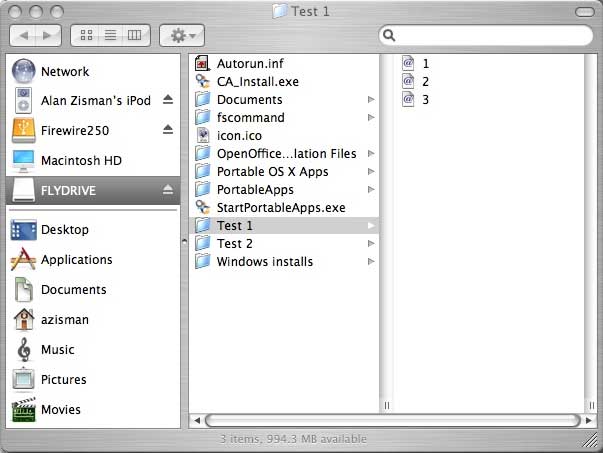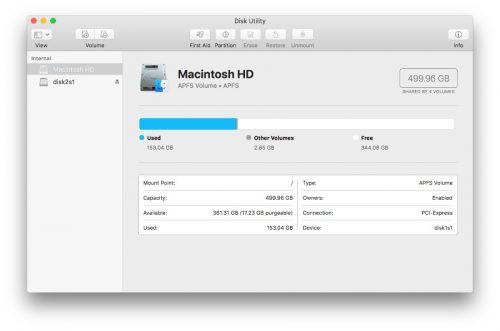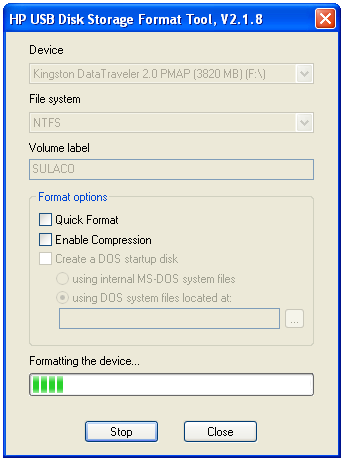

If you need to back up any information on the drive, first connect your drive to a computer that does recognize the drive and transfer the data to a new storage device. Choose "Mac OS Extended (Journaled)" to use the default Mac file system format.

Click the "Format" drop-down menu and select the format you want to use. NTFS: The New Technology File System (NTFS), a proprietary journaling file system developed by Microsoft, is the default file system of the Windows NT family. Select your hard drive from the list and click the "Erase" tab. Restart "Disk Utility" if you had to restart your computer to perform a repair and you still don't see your drive.

You may need to restart your computer and follow the prompts to complete the repair.Ĭlick the "Finder" icon in the Dock and look for your drive in the sidebar. If the operating system already mounted the drive, an "Unmount" button displays instead.Ĭlick the "First Aid" tab and select "Repair Disk," if available. Select your hard drive, optical drive or other attached drive in the sidebar. Click "Go" and select "Utilities" from the drop-down list.

But the "Scheme" popup menu does not appear in the panel.Click the background to bring up the Finder menu in the the top bar. APFS: The proprietary Apple file system developed as a replacement for HFS+, with a focus on flash drives, SSDs, and encryption. HFS+: The Hierarchical File System (HFS+) was the file system older Macs used by default. If I select the secondary item in that list (Lexar), I can successfully do a format operation. NTFS: The NT File System (NTFS) is the file system that modern Windows versions use by default. No matter what Scheme I choose, I get an error when trying to format the item higher in the hierarchy in the sidebar to the left (Lexar USB Flash…), as shown in the screen shot above. Mysterious error when formatting higher item The third one ( Apple Partition Map) is for booting old Macs (68K and PowerPC rather than Intel chips). Why is this offered as a scheme for "Mac OS Extended (Journaled)"? That really threw me, and prompted this Question. The second one ( Master Boot Record) is old, from the 80's DOS 2, for old PCs. Booting is not an issue for my use of this flash drive. I know the first one ( GUID Partition Map) is for booting modern Macs. When using Disk Utility 16.3 with macOS Sierra to format a "thumbdrive" USB 3 Lexar flash drive (64 gigs), when I choose a Format of ‘Mac OS Extended (Journaled)’, I get a list of three Scheme items:


 0 kommentar(er)
0 kommentar(er)
